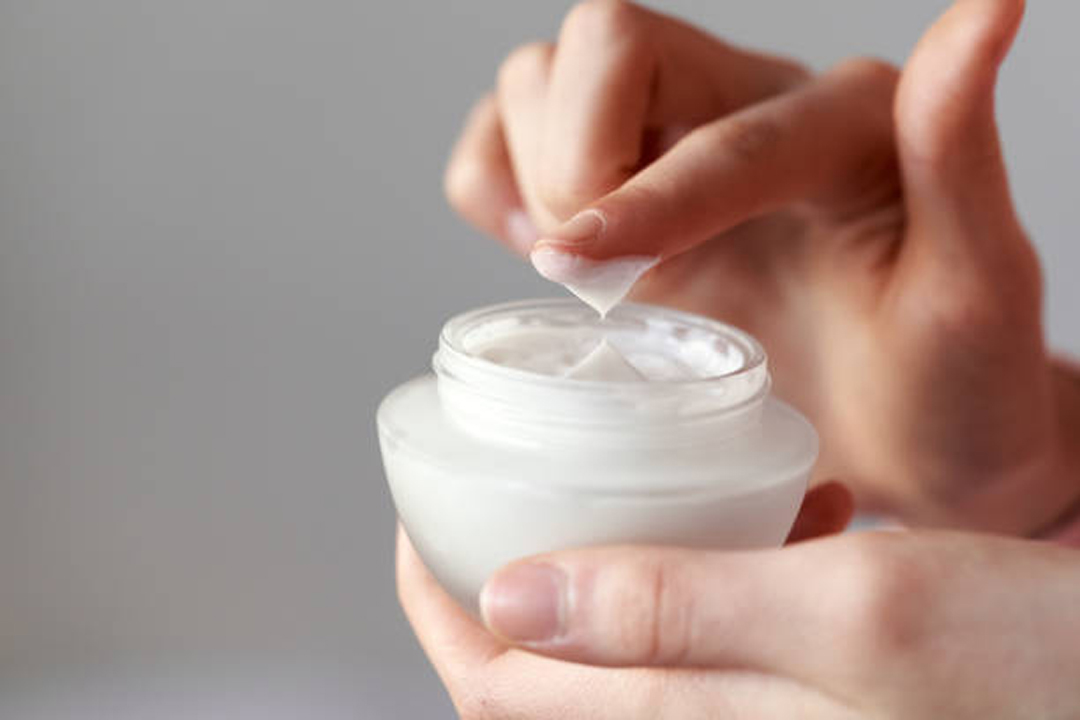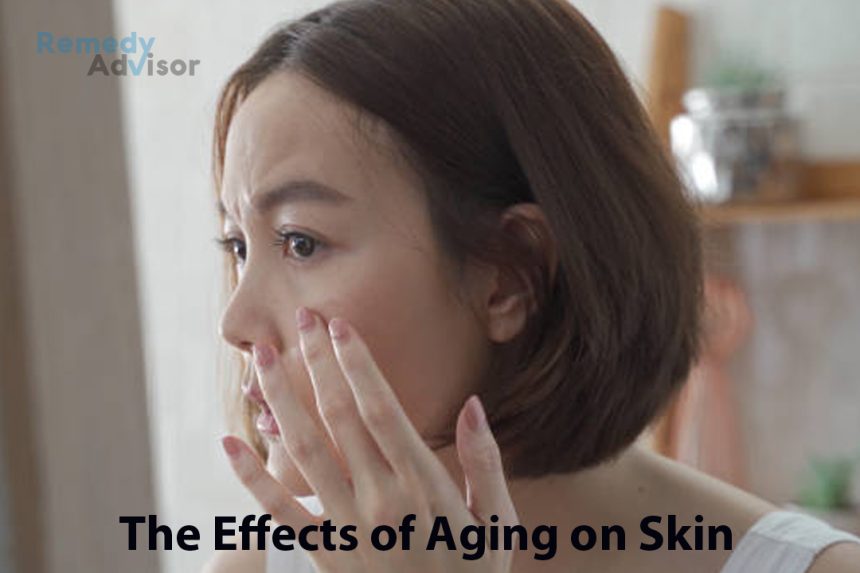The most exposed areas of the body particularly the face, scalp and arms are the most likely to develop spots, dryness, wrinkles and skin cancer.
The best general protection
• Use sunscreen
It’s cheap and available without a prescription. If men used sunscreen instead of aftershave, they’d prevent many skin problems. Use a sun protection factor (SPF) of 30 or 50 (preferably 50) whenever you go out in the sun.
• Don’t smoke
Smoking yellows the skin, dries it out and greatly increases wrinkling, especially around the mouth.
Dry, itchy skin
Complaints of dry skin are extremely common after age 50 for good reasons.
• Less oil
Some oil glands in the skin stop producing the oil needed for lubrication.
• Winter itch
In low-humidity areas such as the desert south west, and during the winter months elsewhere, water evaporates from the skin very quickly.
• Over washing
We are a nation of clean freaks. We routinely wash away the oil layer that normally acts like plastic wrap, sealing in moisture. Better: Bathe every other day and don’t scrub too hard. Recommendations…
• Bathe, don’t shower
A shower equals an infinite number of rinsing. Sloshing around in the tub removes less oil.
• Don’t use bath oil
Most goes down the drain. The residue will make the tub slippery, encouraging a fall. Instead, step out onto an absorbent mat and apply moisturizer while your skin is still wet, sealing in water. Pat dry.
Good moisturizers: Domol, Lubriderm, Hermal, Moisturel, mineral oil and the cheapest of all Crisco solid. Crisco is great for itching, too. Rub it on gently with your fingertips.
• Use tepid water
Just as hot water flushes grease from dirty dishes, it flushes protective oils from your skin.
• Choose a mild soap
A major cause of dry skin is the daily use of harsh soap. Good mild soaps: Basis, Lowila, unscented Dove.
Harmless spots
• Liver spots
The only connection between the liver and flat, dark brown “liver spots” (usually on the backs of the hands) is their color although the liver was once wrongly considered their cause. “Age spots” is a more accurate term. I prefer to call them “birthday presents.” These brown flat spots (called lentigines the singular is lentigo’) don’t darken in the sun, as freckles do.
If you don’t like the way your age spots or lentigines look, a dermatologist can freeze them individually with a quick spray of liquid nitrogen (it stings briefly) and they peel off over a week or two.
• Seborrheic keratoses.
These look like drops of tannish to deep brown candle wax with superficial cracks (“splits”). They’re hereditary, genetically timed to appear in later life. Seborrheic keratoses, which are extremely common, start small but can quadruple in size. Prime sites: The chest, back and temples.
If you have seborrheic keratoses that are flaky, itchy or unsightly, don’t scratch or cut them off. A dermatologist can freeze them with liquid nitrogen. The crust that forms will fall off in two to three weeks.
Wrinkles
Wrinkles are harmless but can be reduced if they bother you. Sleep creases run vertically from scalp to chin and become more prominent on the sleeping side. To minimize sleep creases, vary your sleeping position. Other ways to de-wrinkle…
• Retin-A (tretinoin)

This superb prescription cream is a good bet for keeping your skin fine and smooth as you age. Caution: Retin-A makes the skin much more sensitive to sunlight. Use sunscreen.
Caution: Many drugs besides Retin-A most commonly the diuretics (water pills) taken for high blood pressure, heart problems and swollen legs cause skin rashes or increase the burning effects of the sun. Results may be immediate or delayed for months or years. If your skin gets red, a drug you’re taking might be the culprit.
• Collagen treatments
Leather from cattle is chemically processed, broken into its component parts until it forms a thick gel and is then injected into the skin. The injections act like bricks that reassemble a “wall” under the skin to replace the collagen lost with age, especially in postmenopausal women.
Typical site: The upper lip. Lacking the support of a fat layer, the mouth folds in on itself.
The collagen treatment: Your dermatologist first tests a patch of skin on one arm. Thirty days later he tests near your hairline to test for an allergic reaction. If no redness or itching results in two weeks, you’ll have one collagen treatment (or possibly two, a few weeks apart). Benefits last for six to eight months. Cost: Several hundred dollars. Mad cow disease isn’t an issue with collagen, which is made from select herds.
• Laser treatments
These one-time treatments, done in the doctor’s office, are especially effective for wrinkles above the lip and crinkly lines around the eyes. Treatment involves an extremely well-controlled quick burn off of the outer layer of skin (epidermis) in a precisely defined area. The skin contracts and looks smoother.
What to expect: Some pain, weeks of healing, months of redness. Be aware that in some cases there may be permanent loss of skin color in the treated area, which will be more obvious the darker your natural skin color. The lighter your skin, the more pleasing the results. Cost: About $3,500 to $6,500.
Beware of sun spots
For many types of skin cancer, having one spot or lesion increases the risk of recurrence. If you have ever had skin cancer, report faithfully to your dermatologist for follow-up visits.
“Sun spots,” or actinic keratoses, are scaly red spots on exposed areas of the skin. They’re generally harmless but if left alone, up to 20% eventually turn into squamous cell skin cancers. Although this typically takes three to 10 or even 20 years, the potential for a malignancy makes it crucial to have them removed promptly.
Most common sites: The nose, face, tops of the ears, backs of the hands and arms.
How to tell if you have one: Close your eyes and run your fingers gently over your face. If you feel a scaly bump under the skin but can’t see it, have it checked out. Actinic keratoses don’t become visible for a while. They usually start out smaller than a pencil eraser (less than six millimeters in diameter) and get wider and more elevated over time, evolving to a button-like texture with a hard (indurated) base.
Melanoma
This sometimes lethal form of skin cancer is dangerous at any age, but becomes increasingly likely over time, since its presence is closely related to accumulated exposure to the sun. Melanomas are flat to bumpy in texture, usually without cracks on the surface, and brown to black in color.
Bottom line: Any unrecognizable bump on your face especially if it has any pigmentation at all should be checked out by a dermatologist. If a biopsy reveals that it’s a melanoma, or the doctor can definitely identify it as such, it must be removed immediately.







